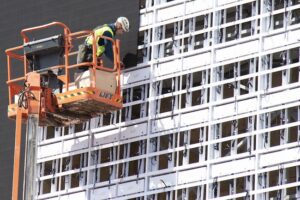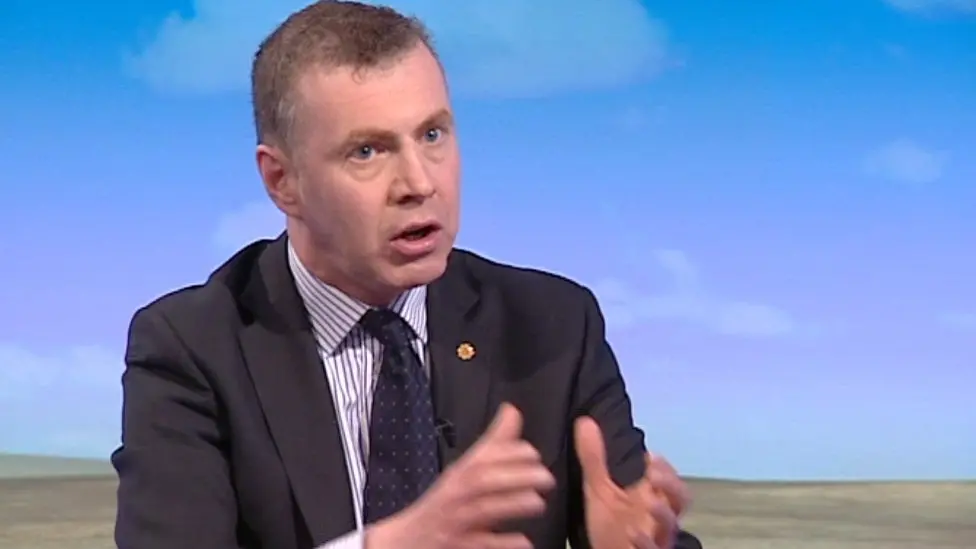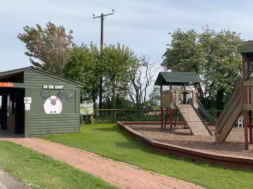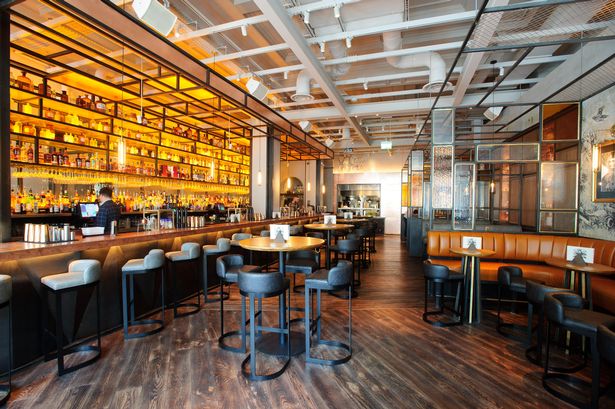
Dangerous Cladding Still a risk in Buildings
Dangerous cladding on buildings number 2,000 three years since 72 people died in the Grenfell Tower disaster, more than 2,000 high-risk residential buildings are still covered with dangerous cladding, according to a parliamentary committee.
It is three years since the Grenfell fire. Around 300 high-rises around the country still have the same flammable dangerous cladding
The situation has been slammed as “an utter disgrace” by the Fire Brigades Union.
The Conservative government had set June 2020 as its deadline for the removal of flammable cladding from all high-rise buildings, but it has failed to meet that target and has pledged only enough funding to pay for one-third of the buildings that need the work, according to the House of Commons’ Housing, Communities and Local Government committee.
And as the owners of the Citiscape complex on Drummond Road in central Croydon discovered to their cost, the government’s slow progress over the cladding issue has not only left residents in such blocks living in fear for their safety but also made it impossible for them to find a new home as the unsafe cladding has made the blighted properties “unmortgageable and unsellable”.
The committee reports an invisible toll taken by the unsafe buildings: 94 per cent of residents in the buildings now report feelings of anxiety; 1 in 5 admit to having had suicidal thoughts.
Official figures published yesterday showed that 300 high-rise residential and publicly-owned buildings still have the same aluminium composite material (ACM) cladding that was wrapped around Grenfell Tower in west London. But it is estimated that around 1,700 more buildings have some other form of dangerous cladding, such as timber or high-pressure laminate.
Citiscape in Croydon needed its builders to pay £2m to have dangerous cladding removed
 The HCLG committee is calling on the government to make “an absolute commitment” to ensure all buildings with aluminium cladding are made safe by December 2021, and buildings with other forms of dangerous cladding are made safe by June 2022.
The HCLG committee is calling on the government to make “an absolute commitment” to ensure all buildings with aluminium cladding are made safe by December 2021, and buildings with other forms of dangerous cladding are made safe by June 2022.
The £1billion which the government pledged to carry out the work is “insufficient” and would cover only one-third of buildings needing renovation, according to the committee. It also warns strict rules and a short application window will mean many are unable to access funding.
Clive Betts, the Labour MP for Sheffield South East who chairs the committee, said the taxpayer should not be expected to cover all costs and called on the government to “take legal action” where necessary.
In Croydon, the Citiscape cladding removal went ahead only after builders Barratts stepped in to pay for the £2million cost of the remedial works. The leaseholders had lost a tribunal in March 2018, leaving individual flat-owners potentially facing six-figure bills.
“Whatever way you cut it, it’s not good enough,” Nick Coombe, the building safety manager at the National Fire Chiefs Council, told Inside Housing.
“I don’t think you can argue, the remediation has been too slow.”
On seeing the figures in the report, Matt Wrack, the general secretary of the Fire Brigades Union, was scathing in his criticism of the government.
“The latest figures show that 300 buildings – equating to tens of thousands of homes – still have the very same cladding that caught alight at Grenfell. It’s an utter disgrace.
“The glacial pace of dangerous cladding removal continues, and the government still has no idea how many homes are at risk from other flammable materials. We cannot see another year of this atrocious inaction.”













